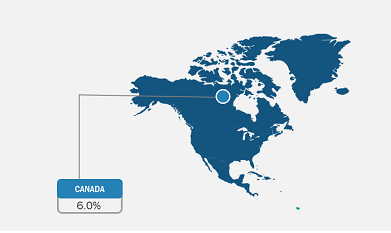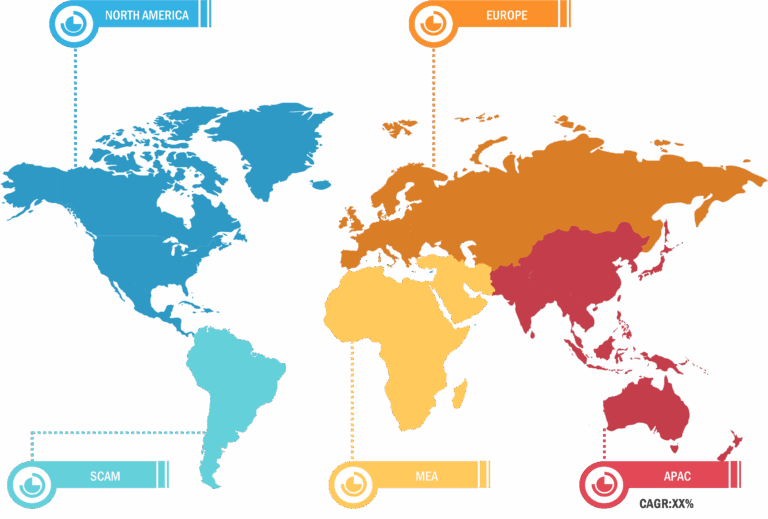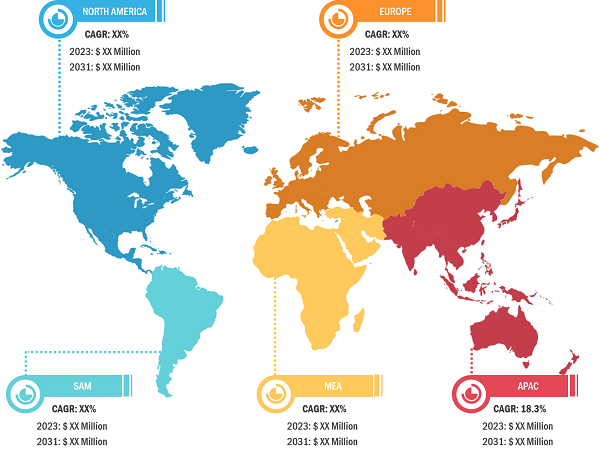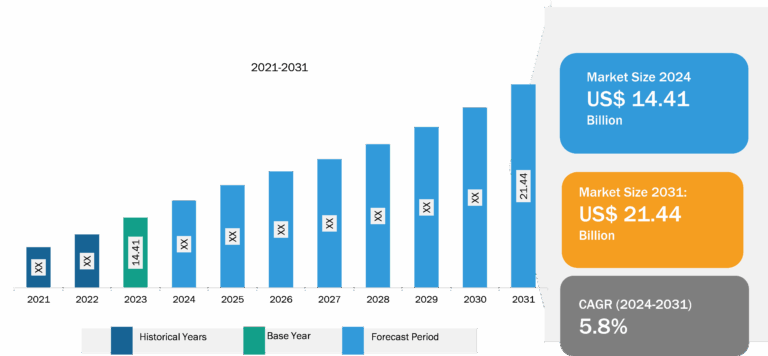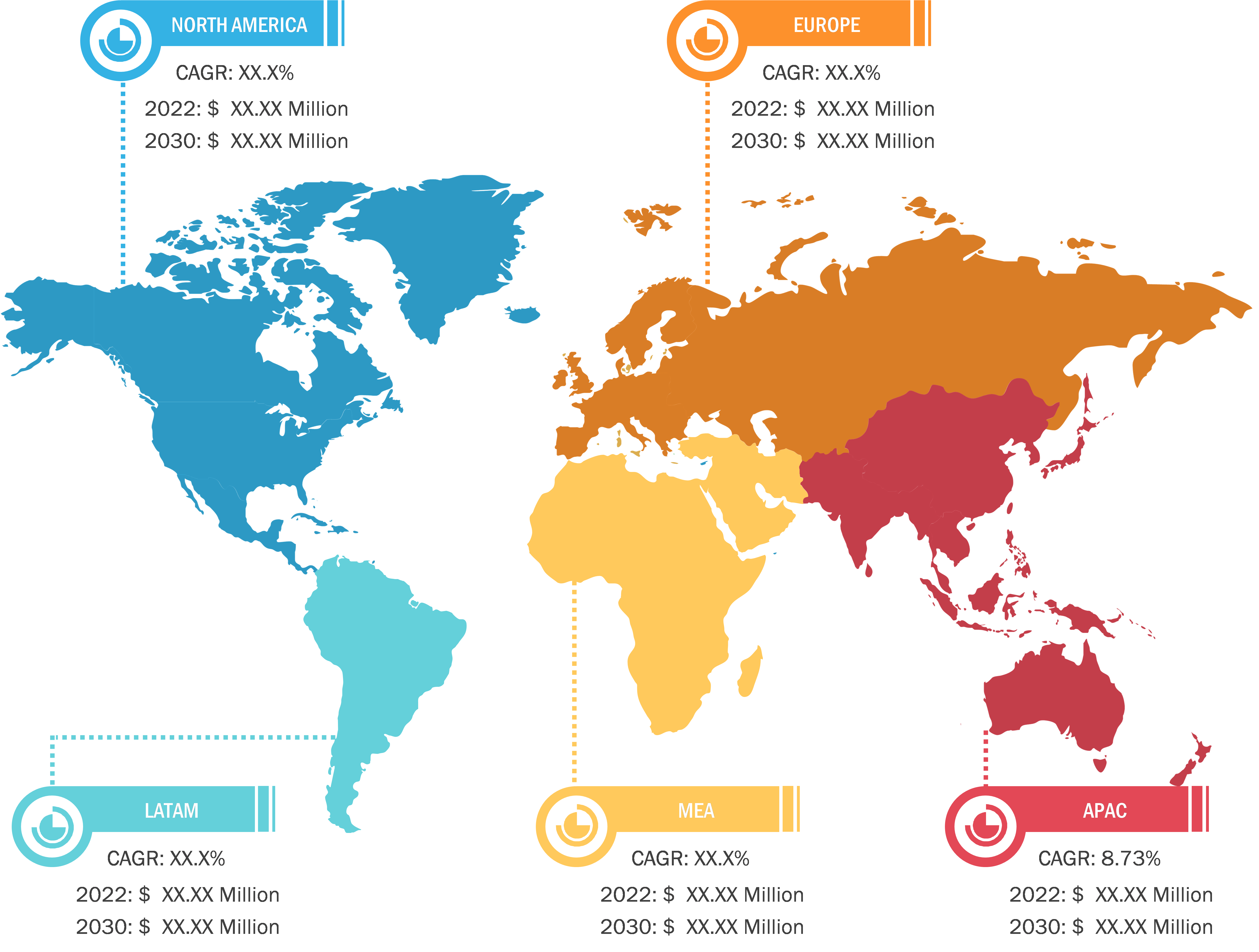
Microbial Identification Methods Market
Asia Pacific accounted for the fastest-growing region of the global microbial identification methods market. North America accounted for the largest share of the global microbial identification methods market in 2022. The North America microbial identification method market has experienced substantial growth in the past few years due to an upsurge in the demand for accurate and rapid microbial identification across various industries such as healthcare, pharmaceuticals, food & beverages, and environmental monitoring. The growth is attributed to several factors, including the rising incidence of infectious diseases, the need for stringent quality control measures in food and pharmaceutical production, and the growing awareness of the importance of microbial monitoring in maintaining public health. The E. coli outbreak connected to frozen falafel resulted in 20 instances of sickness and five hospitalizations, according to a November 2022 update from the CDC.
Furthermore, advancements in technology, the introduction of innovative microbial identification methods, and the existence of significant players are anticipated to support the market expansion in the coming years. For instance, the BD Kiestra IdentifA system, intended to automate the preparation of microbiology bacterial identification testing, received 510(k) clearance by the FDA in January 2022. In addition, Bruker Corporation, a US-based organization, introduced the MBT Sepsityper Kit IVD in January 2021 to quickly identify more than 425 bacteria from positive blood cultures using the MALDI Biotyper CA System. Additionally, automation and artificial intelligence (AI) are pivotal in streamlining the identification process, reducing human error, and improving overall efficiency. The pharmaceutical and biotechnology sectors are major contributors to the growth of the microbial identification market in North America. The need for precise identification of microorganisms for drug development, quality control, and regulatory compliance has led to a high demand for advanced identification methods.
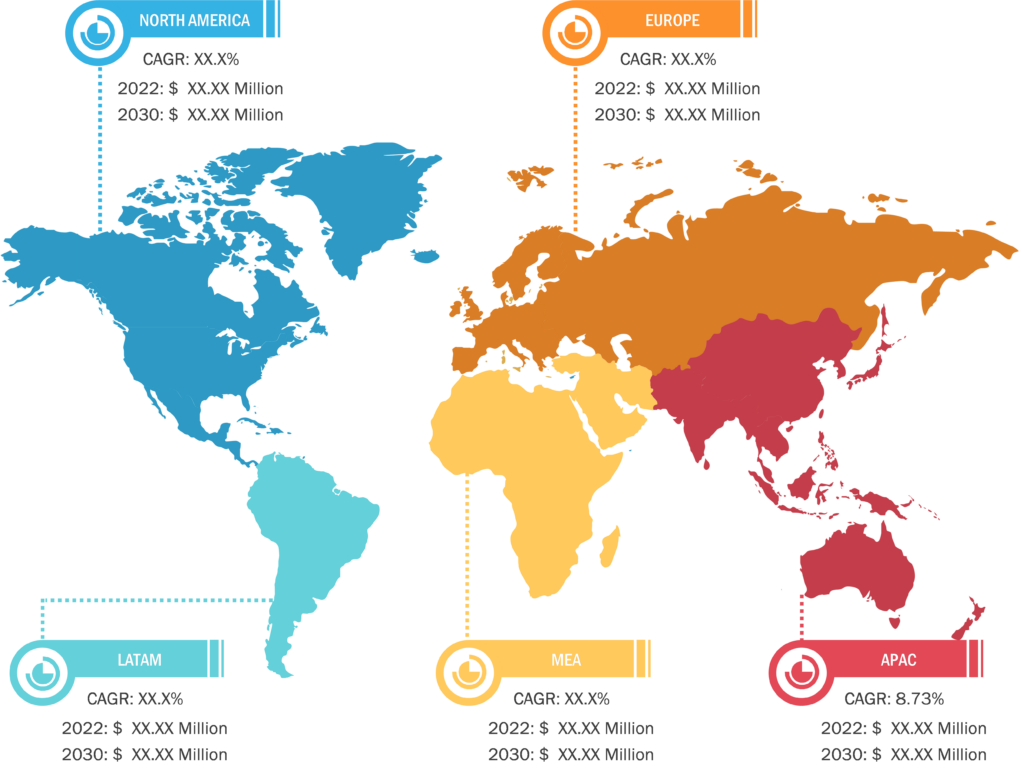
Increasing Food Safety Concerns Demanding for Microbial Identification Procedures Drive Microbial Identification Methods Market Growth
Foodborne diseases are a prevalent and expanding public health and economic problem. The prevalence of foodborne infections is influenced by recent changes in food production and processing methods and consumers’ ever-evolving eating patterns. The interaction between known pathogens during infection is one of the concerns, and new difficulties have emerged in recent years. Despite the rising adoption of chemical preservatives, cold chains, and a greater understanding of microbes, foodborne illnesses are a significant public health issue for both industrialized and developing nations. The Food Security Cluster estimates that each year, ~420,000 people die, and over 600 million people—nearly one in ten people worldwide—get sick after consuming contaminated food, resulting in a loss of 33 million DALYs in June 2022. According to the European Food Safety Authority (EFSA) and the European Centers for Disease Control (ECDC), there were 4,005 foodborne outbreaks in Europe in 2021, a 29.8% increase compared with 2020. Salmonella, Campylobacter, bacterial toxins, and viruses caused most reported outbreaks. To preserve food quality and guarantee consumer safety, quick detection of foodborne pathogens, spoilage microorganisms, and other biological pollutants in complex food matrices is crucial. The conventional approach is cultivating bacteria using a variety of nonselective and selective enrichment techniques, followed by biochemical confirmation. The time-to-detection is a significant limitation when testing foods, especially those with short shelf lives such as fresh meat, fish, dairy products, and vegetables. Several newer detection methods use spectroscopic approaches, such as matrix-assisted laser desorption ionization-time of flight and hyperspectral imaging protocols. Thus, the increase in cases of foodborne diseases is driving the microbial identification methods market.
Microbial Identification Methods Market: Segmental Overview
The microbial identification methods market, by method, is segmented into genotypic, phenotypic, and proteotypic. The phenotypic segment held the largest market share in 2022. The genotypic segment is anticipated to register the highest CAGR from 2022 to 2030. The microbial identification methods market, by type, is segmented into bacterial identification systems, microbial enumeration systems, bacterial resistance identification systems, microbiology analyzers, and others. The bacterial identification system segment held the largest market share in 2022 and is anticipated to register the highest CAGR during 2022–2030.
Microbial Identification Methods Market: Competitive Landscape and Key Developments
Avantor Inc, Becton Dickinson and Co, bioMerieux SA, Merck KGaA, Thermo Fisher Scientific Inc, Bruker Corp, Shimadzu Corp, Accelerate Diagnostics Inc, Molzym GmbH & Co KG, and Biolog Inc are a few key companies operating in the microbial identification methods market. These companies adopt product innovation strategies to meet evolving customer demands, which allows them to maintain their brand name in the microbial identification methods market.
A few of the recent developments in the global microbial identification methods market are mentioned below:
- In June 2023, Biolog, Inc., announced the launch of the Odin system, an all-in-one cellular phenotyping and microbial identification platform. Odin is compatible with all Biolog assays.
- In April 2023, Bruker Corporation launched the fast next-generation MALDI Biotyper IVD Software and optimized MBT Mycobacteria IVD Kit and MBT HT Filamentous Fungi IVD Module. The launch is expected to complement the company’s user-friendly, best-in-class diagnostic solutions for routine clinical microbiology and infection diagnostics laboratories.
- In January 2023, Biolog Inc announced the acquisition of MIDI Labs and MIDI, Inc., both headquartered in Newark, Delaware. Over the last two decades, both companies have served the microbial ID community, offering complementary products and services. MIDI Labs is an innovator in microbial identification that currently offers contract laboratory services for microbial identification and enumeration to deliver critical, time-sensitive ID for pharmaceutical, probiotic, food and beverage, and personal care manufacturing operations using sequencing and MALDI-TOF mass spectrometry.
- In January 2022, BD received 510(k) clearance from the US Food and Drug Administration (FDA) for the BD Kiestra IdentifA system, designed to automate microbiology bacterial identification testing preparation.
- In September 2021, Avantor announced a global distribution agreement with Oxford Nanopore Technologies, a market-leading manufacturer of next-generation sequencing instruments, kits, and consumables. The agreement enables scientists to have broader access to Oxford Nanopore’s portable real-time nanopore sequencing device, MinION, associated consumables, and reagents.

